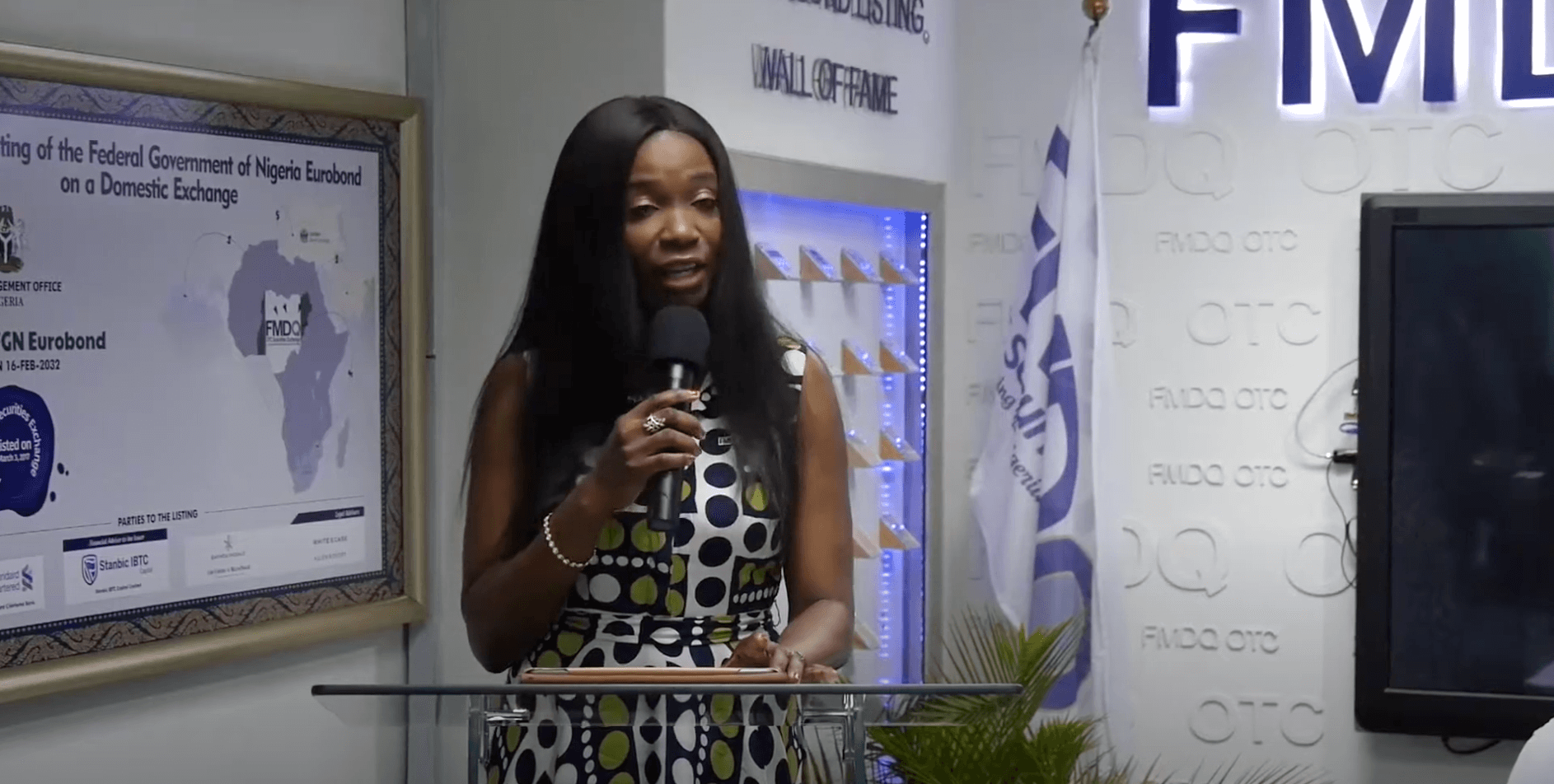Sustainable Securities – Green Bonds I
Background
The need to invest in projects specifically aimed at influencing the rate of climate change positively became a concern to some financial markets participants in the early 2000s after a report which analyses the impact of climate change and the effect of human activities on the state of global warming, was published by the Intergovernmental Panel for Climate Change (“IPCC”), a United Nations (“UN”) agency. This led to a request by a group of Swedish pension funds to the World Bank through their bank; Sandinaviska Enskilda Banken AB (“SEB”) for an alternative type of investment geared solely towards climate change.
In 2008, the World Bank in collaboration with CICERO – Centre for International Climate and Environmental Research, designed the blueprint and issued the first ‘Green Bond’ aimed at raising funds for climate-related projects. Prior to the issuance of the World Bank’s Green Bond, the European Investment Bank (“EIB”) issued a bond under the name Climate Awareness Bond, with proceeds dedicated to renewable energy and energy efficiency projects.
Green Bonds are like every other bond which is an agreement between the borrower (“Issuer”) and an investor (“Bondholder”) to borrow funds to finance a project and repay the Bondholder at an agreed rate and time, except for the proceed which are specifically aimed at financing climate related projects.
Green Bond Principles
The issuance of the first labelled Green Bond formed the basis for the Green Bond Principles (“GBP”) established in 2014 by a consortium of investment banks[2], with ongoing monitoring and development being coordinated by the International Capital Markets Association (“ICMA”). The GBP are voluntary process guidelines for issuing Green Bonds. The purpose of the GBP ito promote the role that global debt capital markets can play in financing progress towards environmental sustainability by encouraging transparency and disclosure of the use of proceeds, thereby promoting integrity of the market.
There are four (4) components for alignment with the GBP. These components are: (i) The use of proceeds, (ii) Process for Project Evaluation and Selection, (iii) Management of Proceeds and (iv) Reporting. The components are briefly summarized below, as stated in the 2021 edition of the GBP (“GBP 2021[3]”):
Use of Proceeds: This recognizes broad categories of eligible green projects. The GBP 2021 lists ten (10) categories of eligible green projects as follows:
- Renewable Energy
- Energy Efficiency
- Pollution Prevention and Control
- Environmentally Sustainable Management of Living Natural Resources and Land Use
- Terrestrial and Aquatic Biodiversity
- Clean Transportation
- Sustainable Water and Wastewater Management
- Climate Change Adaptation
- Circular Economy Adapted Products, Production Technologies and Processes
- Green Buildings
Process for Project Evaluation and Selection: This articulates the process to determine projects to be funded. The GBP 2021 recommends that Issuers clear communicate to investors, the environmental sustainability objectives of their eligible projects, the process by which they determine how the projects fit within the eligible green projects categories and all complementary
- information on processes by which the issuer identifies and manages perceived social and environmental risks associated with the relevant project(s)
- Management of Proceeds: This highlights the process of handling funds yet to be allocated to the eligible green project. The GBP 2021 recommends transparency in tracking the proceeds from the Green Bonds through either allocation to a sub-portfolio, or tracked by the Issuer in an appropriate manner, and attested to by the issuer in a formal internal process linked to the issuer’s lending and investment operations for eligible green projects
- Reporting: This recommends frequency of reports on use of proceeds, project description, amount allocated and expected impact. The GBP 2021 recommends that Issuers maintain updated information on the use of proceeds to be renewed annually. To further provide assurance to investors about the integrity of the climate bonds and foster growth for investor demand in climate-related investment opportunities ultimately growing the green debt capital markets, Climate Bonds Initiative (“CBI“) (an international, investor-focused not-for-profit organization) launched a Climate Bond Standard and Certification Scheme (“Scheme”) for labelling bonds, loans, and other debt instruments. A Green Bond is certified by CBI prior to its issuance after being assessed and verified to have met the Climate Bond Standard requirements. Upon certification, the bond Issuer is allowed to use the proof of certification in its Green Bond marketing effort.
According to CBI, the Scheme is used globally by Green Bond Issuers and the financial markets to prioritize investments which genuinely contribute to addressing climate change. The Scheme has therefore been instrumental in providing confidence in the green credentials of Green Bonds, which is essential to a sustainable market.
Green Bonds’ Performance Globally
The image below illustrates the milestones of Green Bonds as of December 31, 2020, as published by the CBI.

According to a report published by the CBI in January 2021[1], Green Bond issuance reach a record-breaking $269.50bn by the end of December 2020, a 60% average annual growth rate since 2015, surpassing the cumulative $1.00trn milestone since its inception. Consequently, Moody’s Investors Service (“Moody’s”) (a bond credit rating company) forecast[2] that the global issuance of Green Bonds will hit $375.00bn in 2021, a 39% growth from the total issuance in 2020.
As a leading economy in Africa, Nigeria joined other nations in signing the Paris Agreement (a legally binding international treaty on climate change); and subsequently became the first country in Africa (fourth globally) to issue a sovereign Green Bond in 2017, demonstrating the country’s commitment to contribute its quota towards stemming the negative impact of climate change and the actualisation of the Sustainable Development Goals (“SDGs”). To date, the Federal Government of Nigeria (“FGN”) has issued two (2) Green Bonds (in 2017 and 2019) totalling N25.69bn tailored towards renewable energy, afforestation programs, climate mitigation and adaptation projects. Further, there have also been three (3) corporate Green Bond issuances totalling ₦29.80bn representing the pioneer Climate Bond Initiative Certified Corporate Green Bond in Africa: Access Bank PLC N15.00 billion 5-year 15.50% Fixed Rate Senior Unsecured Green Bond due 2024, and the first Green Infrastructure Bonds in Nigeria: North South Power Limited ₦8.50bn 15-year 15.60% Series 1 Guaranteed Fixed Rate Senior Green Infrastructure Bond due 2034 and N6.33bn 10-Year 12.00% Fixed Rate Senior Green Bonds due 2031.
Conclusion
The increase in awareness on the impact of global warming and various human activities that can influence environmental and climate change has led institutional and retail investors globally to largely realising the importance of financing and investing in sustainable ways. It is in view of this that Green Bonds will continue to remain a fast-paced growing category of fixed income securities in the global financial markets.






